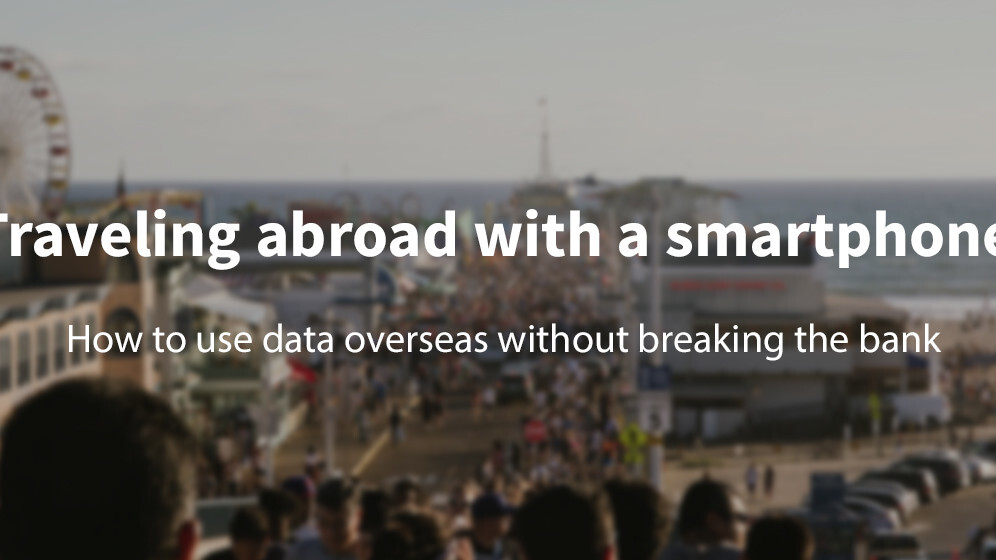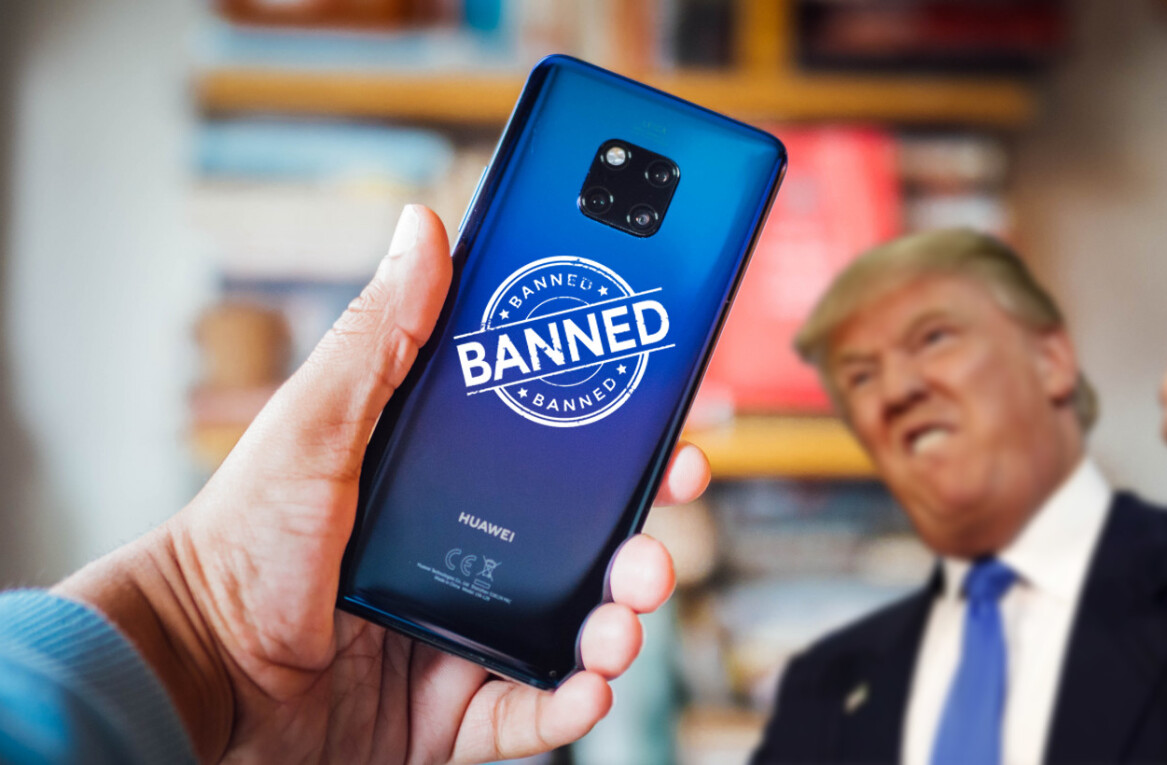
The opportunity to travel abroad is an exciting adventure, but before heading off to your destination, one of the most important to-do items is to make sure your smartphone works internationally.
After all, we rely on mobile internet for many things: Maps, travel guides, photo-sharing apps, international texting, etc. How do you ensure you stay connected abroad without breaking the bank?
Unlock the door to possibility
Smartphones exist largely contrary to the song lyrics, “Roam if you want to.” You acquire those extra charges for using the phone outside your carrier’s coverage area. Automatic app updates and data syncing plus third-party apps running all around in the backdrop can rack up those extra dollar signs fast.
For those in the United States, the recent Unlocking Consumer Choice and Wireless Competition Act, signed by President Obama in 2014, allow consumers to legally unlock their smartphones.
Simply speaking, an unlocked phone does not chain a user to a specific carrier, allowing you to use the phone with any provider via a prepaid SIM card. The Act is up for review this year, so if your phone contains a removable SIM card slot, unlock those phones as soon as possible.
Phone unlocking can take several phone calls and a few days to process, so start at least a week before you travel to ensure international compatibility. Contact your provider and be prepared to give your account information and the IMEI of your device (found in your phone’s software information or under the battery cover).
If you choose not to unlock your phone, you can opt for your provider’s international data and text plans. However, these are often expensive and provide low data allotments.
Depending on long you plan to be abroad, this may not be the most affordable option. If you are planning to be gone for a while, however, while you have your provider on call, ask about suspending your plan to avoid paying monthly fees for a service you won’t be using.
SIM City
So, your phone is unlocked. Now is the time to obtain a SIM card.
Before departing to your abroad destination, research the local carriers for plans that suit your needs. Carriers around the world offer a variety of pricing structure, from a fixed fee per data allotment, or per day pricing.
Once you find the most convenient carrier, locate the nearest store location from where you’ll be staying or whether they are sold in the airport.
Most carriers will simply request passport information in order to obtain a local SIM. However, in countries such as Germany, Italy or India, some providers will only sell SIM cards to those who can show proof of residence. Other carriers who will sell to travelers can take anywhere between a few hours to a day to activate the SIM.
To avoid the wait, you could try to buy a SIM card from a reseller before departure. This requires extra planning and time for the card to be shipped.
An innovative option for the international traveler is the KnowRoaming SIM sticker. The sticker is an ultra-thin SIM card that sits on top of a user’s home SIM card, allowing them to connect to local carriers worldwide, keep their home phone number and setup, and add pay-as-you-go credits before departure.
This ensures you’ll have mobile service upon arrival, rather than spending time finding a carrier, purchasing a card then waiting for activation.
Once applied, the KnowRoaming sticker can be used in more than 200 countries. If you plan to travel to many destinations, this is a valuable option so you don’t have to buy new SIM cards for each country you visit. In addition to pay as you go rates, unlimited data plans are available for $7.99 a day.
All good things are wild and free
Unless you opted for an unlimited data and international plan, short calls home or frequent texting can rack up the bills quickly.
To minimize costs, a few apps to consider for keeping in contact with home whilst abroad (remember to use them while connected to Wi-Fi or with a KnowRoaming unlimited data plan:
- FB Messenger – Essentially free texting through the Facebook network. The migration to the app has allowed for increased functionality including those cute little stickers and easy photo and video sharing of all your travels.
- Google+ Hangouts – This app, connected through your Google+ account, is best for group sharing and video/voice chatting (up to 10 people!).
- Line – Line allows for free messaging and voice/video calls as well as the “timeline” (similar to Facebook) where you can share content with you network.
- Skype – The grandfather of video chatting, Skype has been cross-device optimized over the years to allow for simple simultaneous messaging and video chatting.
- WhatsApp – Cut the SMS costs with this app which allows for messaging despite the type of smartphone the recipient has. WhatsApp uses the same data you use for email and browsing, so there are no additional messaging costs (remember: connect to Wi-Fi before using!).
- Viber – Fun and flashy, Viber automatically integrates with your contact list so there is no extra profile creation necessary. Users can share content with other Viber users for free cross-platform from desktop to mobile.
Shut it down
It is wise, when traveling, to know how to turn off your cellular data. Go into your smartphone’s settings and restrict all data usage—including emails, browsing and push notifications—to Wi-Fi.
While your data is off you may be worried about getting lost, finding your hotel or even just a good spot to eat. Remember to download offline maps from Google or City Maps 2Go Pro app for iOS in case you encounter an area with spotty data coverage.
Quick tricks of the traveling trade
- Do your research: Regardless of your current plan, it is advantageous to talk with your carrier provider to cover all your data tracks.
- Monitor data usage: Check your smartphone’s settings to see which apps use the most data, and quit them when you’re done to avoid background data usage.
- Be the master of finding Wi-Fi: look for a sign or just ask. Many places with heavy foot traffic down to the small pub on the corner often offer free Wi-Fi networks for customers.
- Stop syncing: Make sure automatic photo syncing for apps such as Google+, Dropbox and Flickr are toggled off.
- Big jet plane: If you’re down to your past MB of data, switch to Airplane mode to cut your device’s connection to cellular and Wi-Fi networks. This doesn’t mean you cannot connect to a Wi-Fi network when you find one… plus, it’s a great way to save battery life and recharge quicker.
What other tips do you have for cutting costs while using your smartphone abroad? Let’s hear them in the comments below.
Read next: Surviving long-haul flights: What to pack, eat and do to avoid jet lag
Get the TNW newsletter
Get the most important tech news in your inbox each week.







